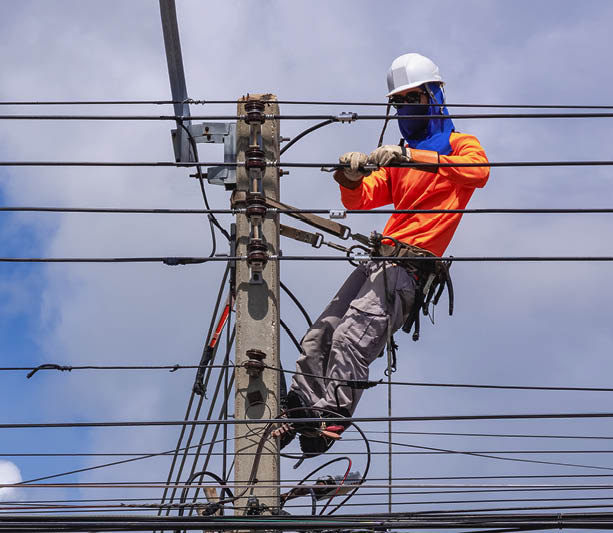Belfast Telegraph
How Digital Infrastructure is Shifting the Dial on Regional Balance
There’s a lot of talk in Northern Ireland about “regional balance”. Few argue with the principle that economic opportunity should be more evenly spread across the region. The challenge, as ever, lies in turning principle into practice.














